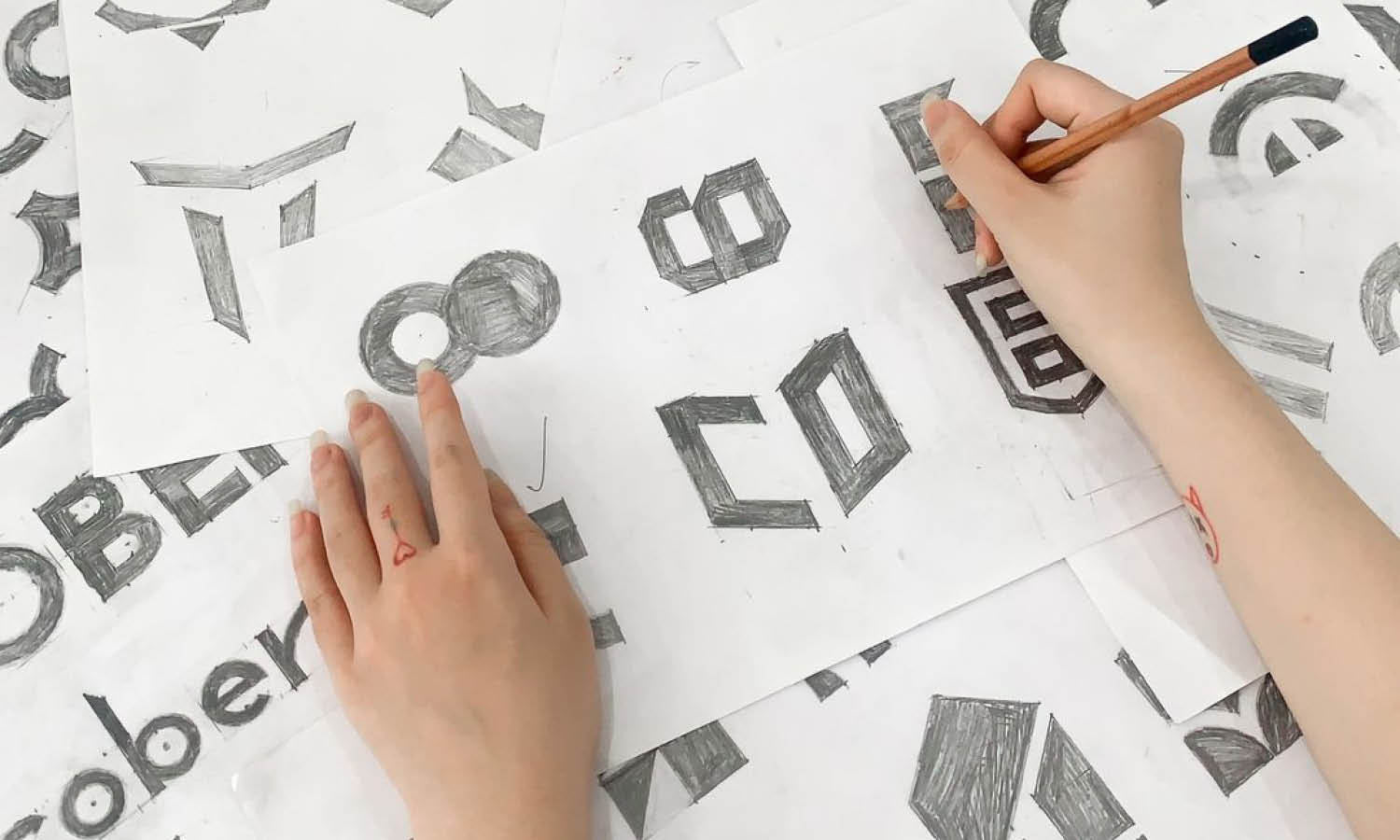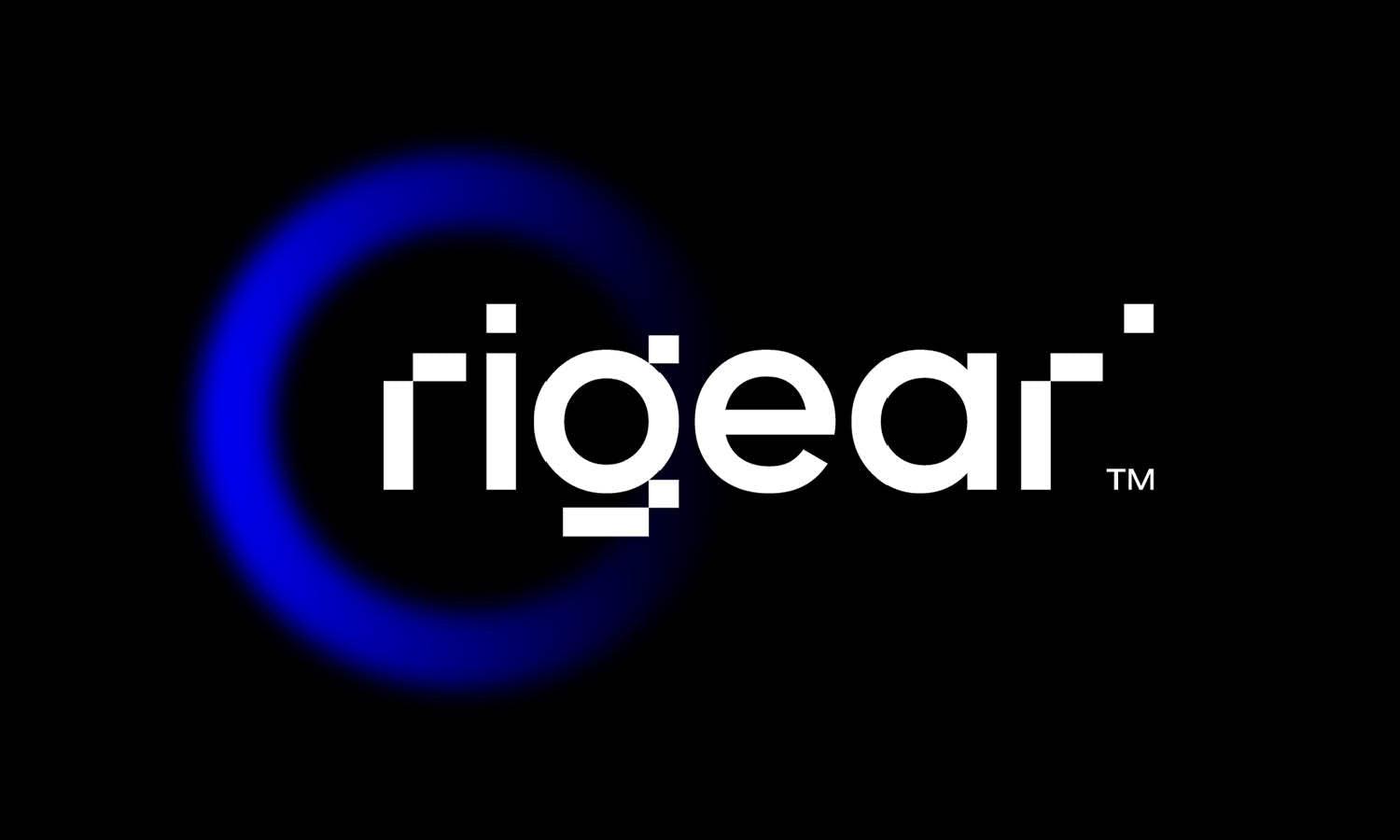10 Top Skills Required to be A Successful Logo Designer

Embarking on a career as a successful logo designer involves much more than just a knack for aesthetic creation. It requires a comprehensive skill set that combines both creative and technical abilities with strong interpersonal and business acumen. In today’s competitive market, understanding the blend of skills needed can significantly enhance a designer’s chances of success and client satisfaction. This article outlines the top ten skills that are crucial for anyone aspiring to excel in the field of logo design.
These skills not only ensure the production of visually compelling and effective logos but also facilitate effective communication and collaboration with clients, thereby fostering professional growth and sustainability in the ever-evolving design landscape. Whether you are starting out or looking to refine your expertise, mastering these areas will position you as a versatile and successful logo designer in the industry.
Artistic Sensibility
A successful logo designer must possess a strong artistic sensibility to create visually compelling and meaningful designs. Artistic sensibility encompasses an understanding of color theory, typography, composition, and form—elements that collectively define a logo’s visual impact. Colors evoke emotions and influence brand perception, making it essential for a designer to choose hues that align with a brand’s message. Typography plays a significant role in readability and brand personality, requiring designers to carefully select fonts that complement the overall design.
Beyond technical knowledge, an intuitive sense of aesthetics allows a designer to balance simplicity with creativity. Logos should be both unique and functional, ensuring they remain effective across various mediums, from business cards to digital platforms. A successful logo designer also considers negative space, contrast, and visual hierarchy to maintain clarity and memorability.
Additionally, artistic sensibility involves an appreciation for different design styles, historical influences, and contemporary trends. A well-rounded designer continually refines their visual judgment by studying successful logos, experimenting with new techniques, and drawing inspiration from various artistic disciplines.
Proficiency in Design Software
Mastering design software is essential for a successful logo designer, as digital tools enable the creation of high-quality and scalable designs. Industry-standard programs such as Adobe Illustrator, Photoshop, and CorelDRAW offer a wide range of functionalities that enhance precision and efficiency in logo development.
Vector-based software, such as Illustrator, is particularly crucial since logos must be adaptable to various sizes without losing quality. Designers must be proficient in using the pen tool, shape builders, and layer management to craft clean, scalable graphics. Understanding how to manipulate anchor points and paths allows for smooth and professional designs.
Beyond illustration, software proficiency includes typography handling, color adjustments, and exporting in different file formats. A successful logo designer should know how to create logo variations, including black-and-white versions, responsive designs, and transparent backgrounds to ensure versatility across different branding materials.
Additionally, familiarity with digital mockup tools and presentation software enhances a designer’s ability to showcase logos in realistic brand applications. Many professionals also explore AI-powered tools and plug-ins to streamline workflows and enhance creativity.
Creativity and Innovation
A successful logo designer must possess a high level of creativity and innovation to develop distinctive and memorable brand identities. Creativity is the driving force behind original designs, allowing a logo to stand out in a crowded marketplace. It involves conceptualizing unique visual representations of a brand’s values, mission, and personality. A designer must think beyond clichés and generic templates, crafting logos that are both fresh and meaningful.
Innovation is equally essential, as it enables a designer to push boundaries and experiment with new techniques, styles, and concepts. A successful logo designer stays inspired by analyzing industry trends, exploring different artistic influences, and embracing unconventional approaches to problem-solving. Combining creativity with innovation allows designers to break away from predictable patterns and create logos that leave a lasting impression.
One way to nurture creativity is through brainstorming, sketching, and mind mapping. These techniques help transform abstract ideas into concrete design solutions. Additionally, successful logo designers continuously refine their artistic skills by experimenting with typography, color schemes, and minimalist compositions.
Creativity and innovation also require adaptability. Brands evolve, and so do their visual identities. A designer must be open to new perspectives, continuously learning and refining their style to remain relevant in the industry.

Communication Skills
Effective communication skills are vital for a successful logo designer, as they play a crucial role in understanding client needs, presenting ideas, and collaborating throughout the design process. A designer must be able to interpret a brand’s vision and translate it into a compelling visual identity. This requires active listening, asking the right questions, and gaining clarity on a client’s expectations before starting the creative process.
Verbal and written communication skills help designers articulate their design choices and explain the rationale behind color schemes, typography, and layout decisions. Presenting a design confidently and persuasively ensures that clients understand the thought process behind a logo and how it aligns with their branding strategy.
Beyond client interactions, communication is essential for teamwork. Designers often work alongside marketing professionals, copywriters, and developers. Being able to convey ideas clearly and provide constructive feedback fosters collaboration and results in stronger design outcomes.
Additionally, handling feedback professionally is a key aspect of communication. A successful logo designer must be receptive to constructive criticism and willing to revise designs based on client input. The ability to balance a client’s vision with professional expertise ensures a final design that is both aesthetically strong and strategically effective.
Problem-Solving Ability
A successful logo designer must have strong problem-solving skills to create effective and meaningful brand identities. Logo design is not just about making something visually appealing—it’s about solving a branding challenge and communicating a message clearly through design. Every project comes with unique requirements, and a designer must be able to analyze a client’s needs, identify potential challenges, and develop creative solutions that align with the brand’s identity.
Problem-solving in logo design often involves working within constraints, such as limited space, specific color palettes, or complex client requests. A designer must think critically and strategically to simplify ideas while maintaining a strong visual impact. This requires the ability to break down complex concepts into recognizable symbols, ensuring the logo remains versatile, scalable, and memorable.
A successful logo designer must navigate revisions and client feedback with a solution-oriented mindset. Clients may request changes that conflict with design principles, and it is the designer’s job to find a balance between client expectations and professional expertise. By presenting well-thought-out alternatives and explaining design decisions logically, designers can guide clients toward the most effective visual solutions.
Ultimately, problem-solving ability ensures that every logo design is both aesthetically pleasing and functional. It allows designers to adapt to challenges, think creatively under pressure, and deliver high-quality designs that effectively represent a brand.
Attention to Detail
Attention to detail is a crucial skill for a successful logo designer, as even the smallest design elements can significantly impact the overall effectiveness of a logo. Precision in typography, color selection, spacing, and proportions ensures a polished and professional outcome. A well-designed logo should be visually balanced and free of inconsistencies that could weaken its impact.
One of the key aspects of attention to detail is typography. The choice of font, kerning, and letter alignment must be carefully refined to ensure readability and harmony within the design. Even a minor misalignment can affect the perception of a brand’s professionalism. Similarly, color accuracy is essential, as different shades can evoke different emotions and meanings. A successful logo designer must ensure that colors are consistent across various applications and formats.
Another critical factor is scalability. A logo must be versatile enough to look sharp and clear across all platforms, from business cards to billboards. Designers must pay attention to how intricate details translate at different sizes, ensuring the design remains effective at all scales.
Additionally, careful review of final designs before delivery is essential to avoid errors that may compromise a brand’s image. A successful logo designer double-checks file formats, resolutions, and alignment to guarantee a seamless and professional presentation.
Understanding of Branding
A successful logo designer must have a deep understanding of branding to create logos that effectively represent a company's identity. A logo is not just a graphic element—it is the visual cornerstone of a brand, communicating its values, personality, and mission. Without a clear grasp of branding principles, a designer may create logos that lack strategic impact or fail to resonate with the target audience.
Branding involves more than just aesthetics; it requires a designer to understand a company’s positioning in the market, its competition, and its audience. Every design choice, from color to typography, should reflect the essence of the brand and maintain consistency across all visual touchpoints. A successful logo designer considers how the logo will integrate into broader branding materials such as websites, packaging, and advertisements.
Additionally, the emotional impact of branding plays a crucial role. A well-crafted logo evokes trust, loyalty, and recognition. A successful logo designer ensures that their work aligns with the company’s tone—whether it’s modern and sleek, playful and fun, or traditional and authoritative. Furthermore, branding is an evolving process. Businesses rebrand over time, and a skilled designer understands how to create timeless logos while also adapting them when necessary.

Adaptability
Adaptability is a key trait of a successful logo designer, as the design industry constantly evolves with new trends, technologies, and client demands. A designer who is rigid in their approach may struggle to stay relevant, while an adaptable designer embraces change, learns new techniques, and refines their craft continuously.
One aspect of adaptability involves keeping up with design trends without blindly following them. A successful logo designer understands which trends add value to a brand and which ones may become outdated quickly. Striking a balance between timelessness and modernity ensures that a logo remains effective for years to come.
Technology also plays a significant role in adaptability. New design software, AI-powered tools, and digital platforms influence the way logos are created and applied. A designer who continuously learns and explores emerging tools can improve efficiency and enhance creativity.
Client needs and industries vary greatly. A successful logo designer must be able to shift between different styles, industries, and brand personalities. One day, a designer might be working on a minimalist tech startup logo, and the next, a bold and playful logo for a children’s brand. The ability to pivot and tailor designs to fit specific branding requirements is essential.
Adaptability also extends to handling feedback and revisions. Clients often request changes, and a successful logo designer approaches these with an open mind, finding ways to improve the design without compromising artistic integrity.
Time Management Skills
A successful logo designer must master time management skills to handle multiple projects efficiently and meet deadlines without compromising quality. Logo design involves various stages, including research, brainstorming, sketching, revisions, and final execution. Without proper time management, a designer may struggle to balance workload, leading to rushed designs or missed client expectations.
Prioritization is a key component of effective time management. A successful logo designer evaluates project deadlines, complexity, and client expectations to allocate time accordingly. Breaking down tasks into manageable steps and setting milestones helps maintain steady progress while avoiding last-minute stress.
Another essential aspect is handling revisions. Clients often request changes, and a designer must factor in revision time when planning project timelines. Allowing buffer time for feedback and refinements ensures a smooth workflow.
Additionally, the ability to manage distractions and stay focused is crucial. A successful logo designer develops productive work habits, such as setting specific work hours, minimizing interruptions, and using productivity tools like project management software or timers.
Meeting deadlines while maintaining creativity requires discipline and efficiency. A designer who consistently delivers work on time builds trust and reliability with clients, leading to repeat business and referrals. By honing time management skills, a successful logo designer can maintain a balanced workload, reduce stress, and produce high-quality designs that align with client expectations.
Client Management
Client management is a crucial skill for a successful logo designer, as strong relationships with clients lead to better project outcomes and long-term professional success. Effective client management ensures clear communication, smooth collaboration, and a positive design experience for both parties.
The first step in client management is understanding the client’s vision. A successful logo designer asks detailed questions about the brand, target audience, and design preferences. Gathering this information early prevents misunderstandings and ensures the final logo aligns with the client’s expectations.
Setting clear project timelines and deliverables is also essential. A well-organized designer provides realistic deadlines, updates clients on progress, and manages expectations regarding revisions and changes. Transparency in the process helps build trust and prevents frustration.
Handling feedback professionally is another key aspect of client management. Clients may request modifications that do not align with design best practices. A successful logo designer diplomatically explains design choices while remaining open to collaboration. Striking a balance between creative expertise and client input leads to a stronger final product.
Beyond the design phase, maintaining long-term relationships with clients can lead to repeat business and referrals. Providing excellent customer service, following up after project completion, and showing appreciation for clients’ trust fosters a professional reputation.
Conclusion
Becoming a successful logo designer requires a combination of creativity, technical expertise, and strong professional skills. From artistic sensibility and problem-solving ability to time management and client relations, each skill plays a vital role in delivering effective and memorable logo designs. A designer who continuously refines their craft, stays adaptable to industry changes, and maintains a strong understanding of branding will stand out in the competitive design world. Mastering these essential skills ensures not only high-quality work but also long-term success and client satisfaction. By developing these abilities, a designer can create impactful logos that leave a lasting impression.
Let Us Know What You Think!
Every information you read here are written and curated by Kreafolk's team, carefully pieced together with our creative community in mind. Did you enjoy our contents? Leave a comment below and share your thoughts. Cheers to more creative articles and inspirations!
















Leave a Comment